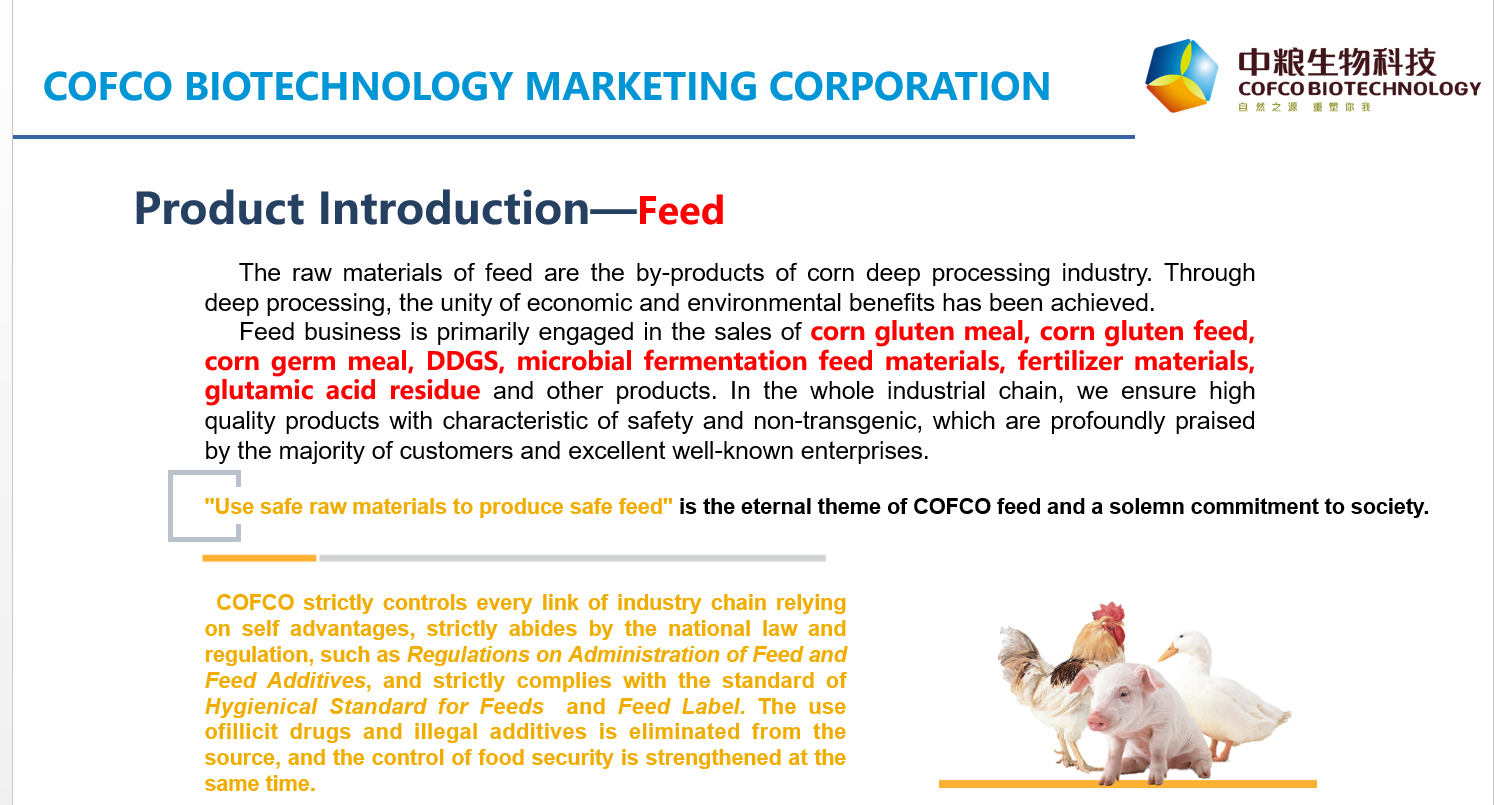In recent years, the occurrence of damage to cotton cocoons has been on the rise due to factors such as crop layout, climate conditions, and field management. The mortality rate of infected cotton plants generally ranges from 30% to 40%, with up to 60% to 80% of the plants suffering significant damage. This leads to a reduction in yield by 10% to 20%, and in severe cases, as high as 50%. Below are the hazard characteristics, causes, and comprehensive prevention and control measures.
First, the hazard characteristics:
The adult cotton aphids and nymphs feed on the sap of cotton plants, causing symptoms such as leaf shedding, broken heads, and clumped foliage. The impact varies depending on the growth stage of the plant. During the cotyledon stage, the growing point is damaged, turning black and dry, and ceasing to grow. After true leaves appear, the top bud is affected, leading to the formation of adventitious buds and the appearance of "multiple cotton." When young leaves are attacked, small black spots appear. As the leaves unfold, they become brittle and fall off, referred to as "broken leaf madness." Young larvae and bolls are also affected, starting with yellow-brown spots and eventually drying out.
In addition to cotton, these pests also affect beans, legumes, vegetables, and fruit trees.
Second, morphological characteristics:
Cotton aphids belong to the order Hemiptera and are commonly known as blind bugs. In Xinle City, green-blind nymphs, blind fleas, and three-point blind plagues are the main culprits of cotton damage. Adult aphids are about 5mm long, with a green fore-wing and dark gray membranous part. They have strong flying ability and are very active. Eggs are elongated, approximately 1mm long and 0.26mm wide, with a yellow-green color. Newly hatched nymphs are green and go through five instars, with the fifth instar being bright green.
Third, the occurrence pattern:
Green blind crickets can produce five generations per year in our city, with two to three generations affecting cotton. The life cycle of L. lucorum is long, with nymphs lasting 12–30 days and adults 37–56 days. Overlapping generations are common. Wintering eggs begin to hatch in early April of the following year, and adults emerge from mid-April to early May. They mainly reside on hosts like crickets and other plants before invading cotton fields in mid to late June. The peak danger period occurs in late June and July, causing leaf and bud drop. By mid-August, they move to wintering hosts such as quails, wild Artemisia, pomegranates, and fruit trees. They remain there until early October, when they lay eggs for the next season.
L. lucidula prefers densely grown cotton fields with moderate temperature and humidity (20–30°C and around 80% relative humidity), which is ideal for egg hatching and development.
Fourth, reasons for increased infestation:
1. Increased number of host plants and abundant food sources: With agricultural restructuring, crops like alfalfa, beans, cotton, vegetables, and fruit trees have expanded, increasing the insect population.
2. Favorable weather conditions: More rain in June and July creates high humidity, which benefits insect hatching and development.
3. Crop conditions: Heavy rainfall makes cotton more vulnerable. Poor pruning and chemical control practices lead to excessive growth, inefficient flowers, and high nitrogen content, which supports aphid breeding.
4. Lack of awareness among farmers: Many do not understand the threat, delay treatment, and miss the optimal time for intervention.
Fifth, comprehensive prevention and control strategies:
1. Agricultural control: Remove weeds before wintering eggs hatch to reduce pest populations. Apply fertilizers reasonably to avoid overgrowth. Prune damaged plants, especially long cotton, and keep 1–2 main branches.
2. Chemical control: Implement uniform spraying across adjacent fields to prevent migration and improve effectiveness. Monitor fields closely and act when 5% of fruit branches or top leaves show damage. Early intervention is crucial, especially between mid-June and mid-July, with treatments every 5–7 days. Pay special attention to fast-growing, dense cotton fields. Spray early in the morning or after 5 PM. Recommended chemicals include a mixture of organic phosphorus and pyrethroid pesticides at 1000 times dilution, or 10% imidacloprid (5–10g) mixed with 25–30ml pyrethroid per barrel, or 2% methyl azithromycin diluted 3000 times for effective control.
Feed Additive

Feed Additive,Corn Gluten Meal Liquid,Cat Food Corn Gluten Meal,Corn Gluten Meal Mice
JILIN COFCO BIO-CHEM AND BIO-ENERGY MARKETING CO., LTD , https://www.cofco-biotech.com

